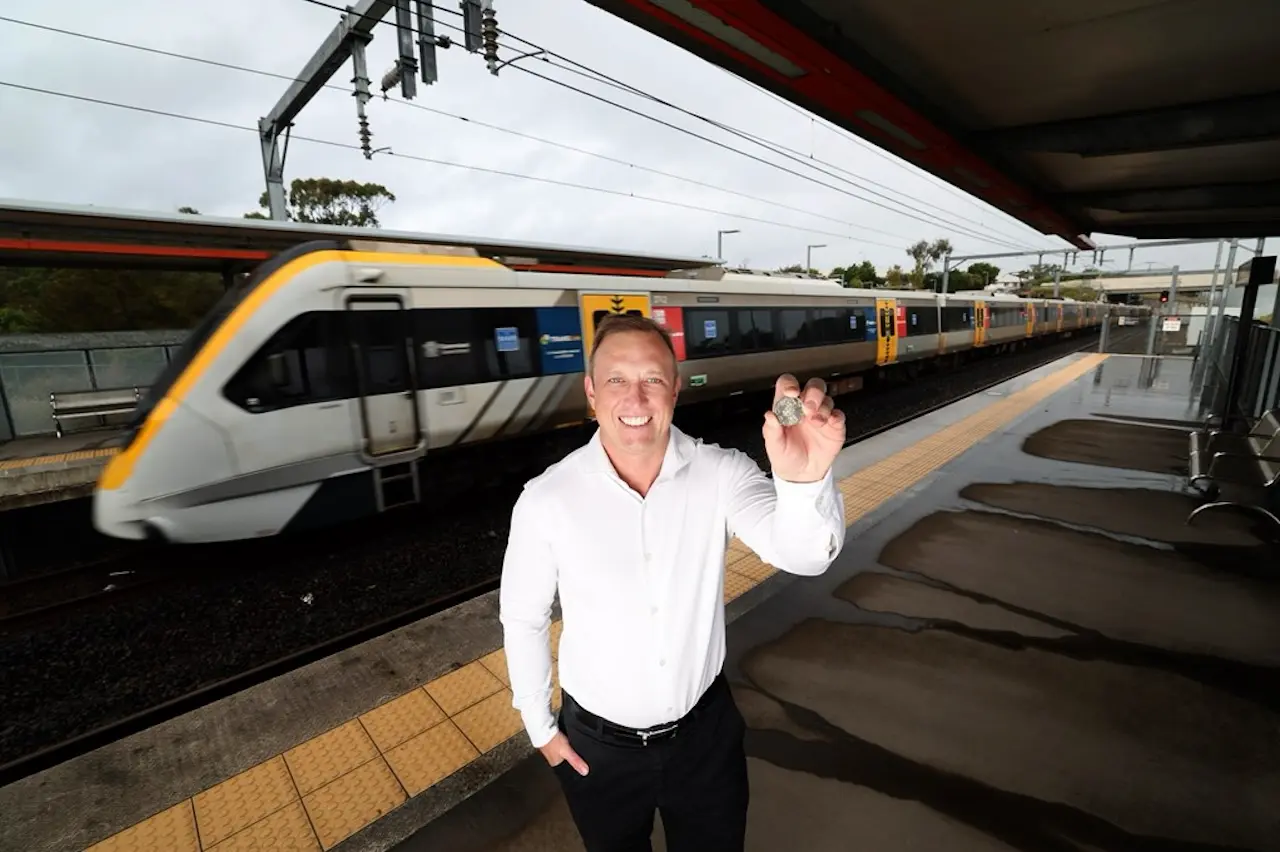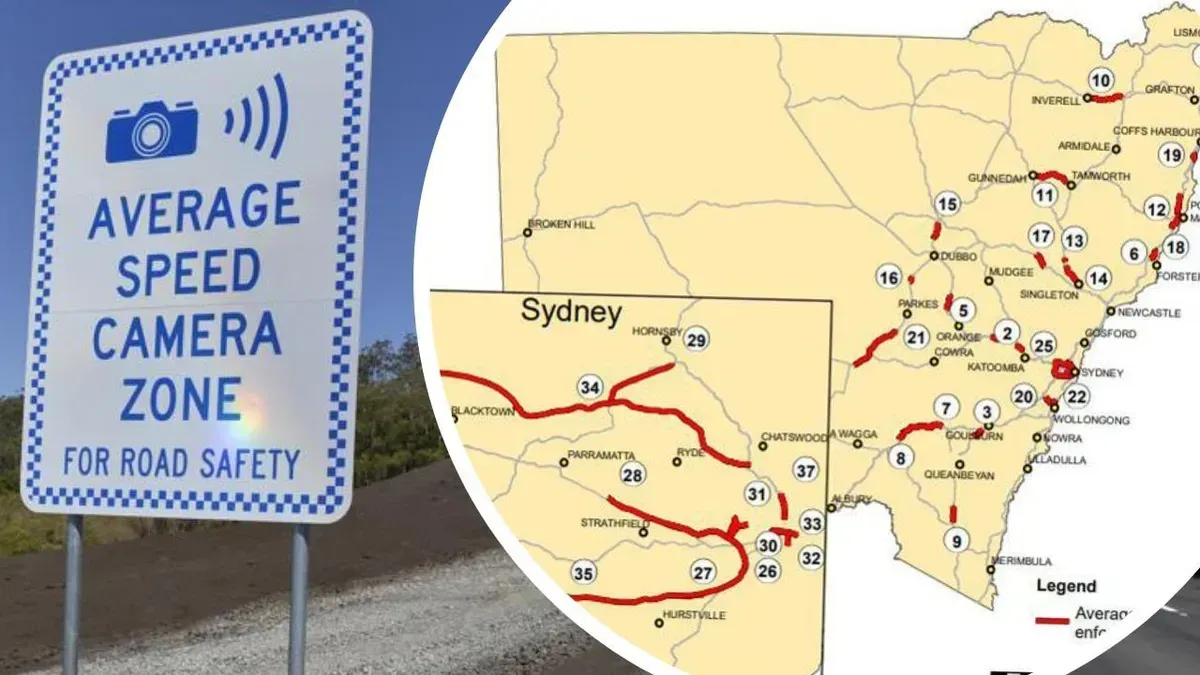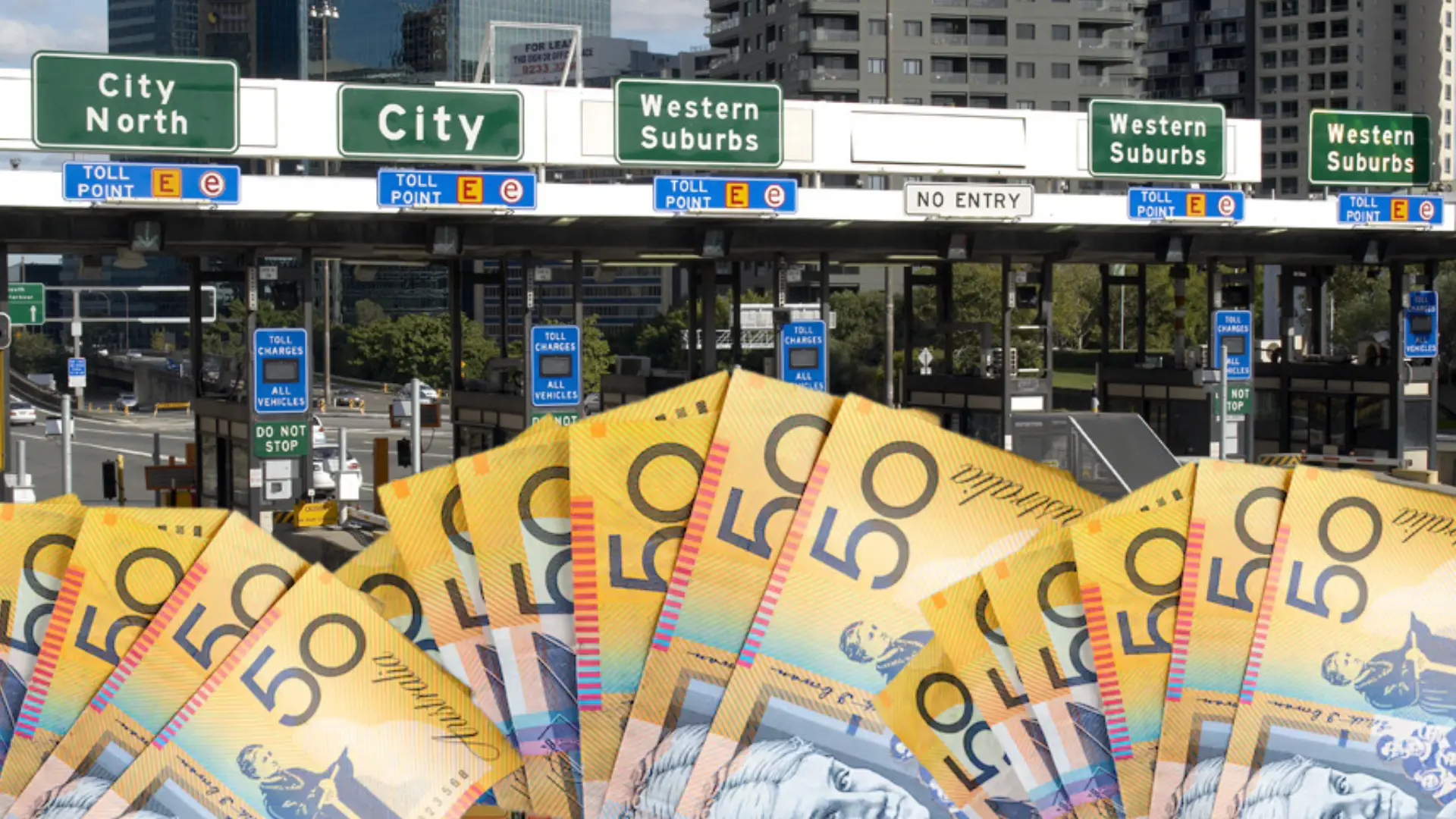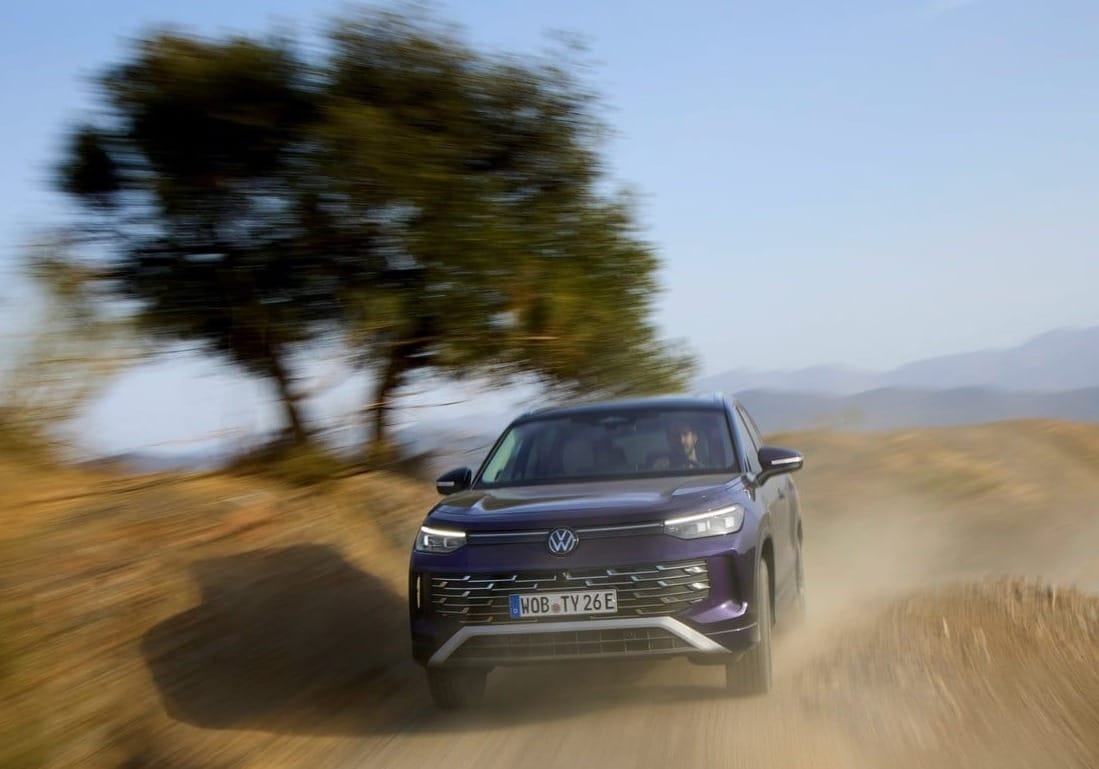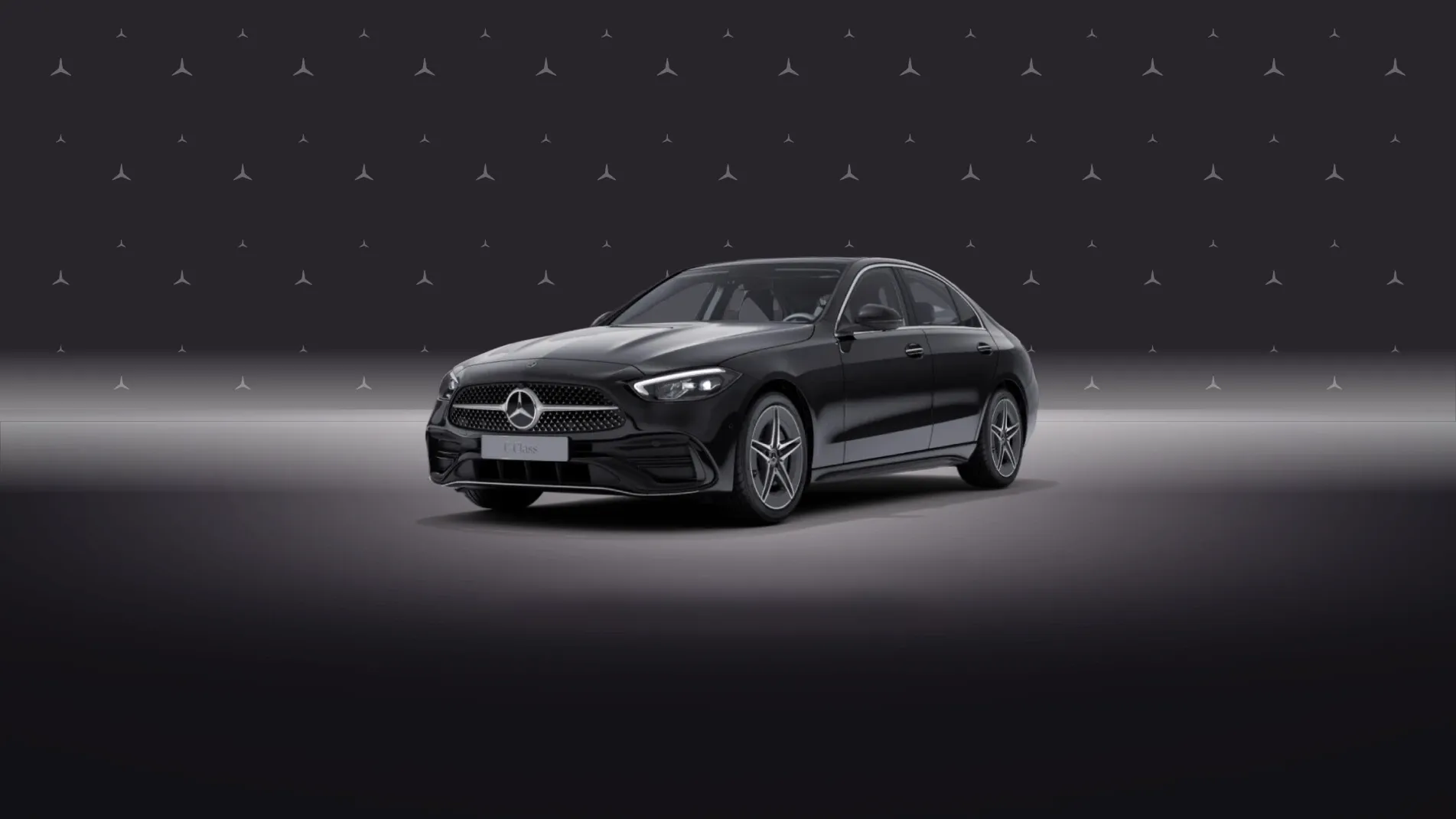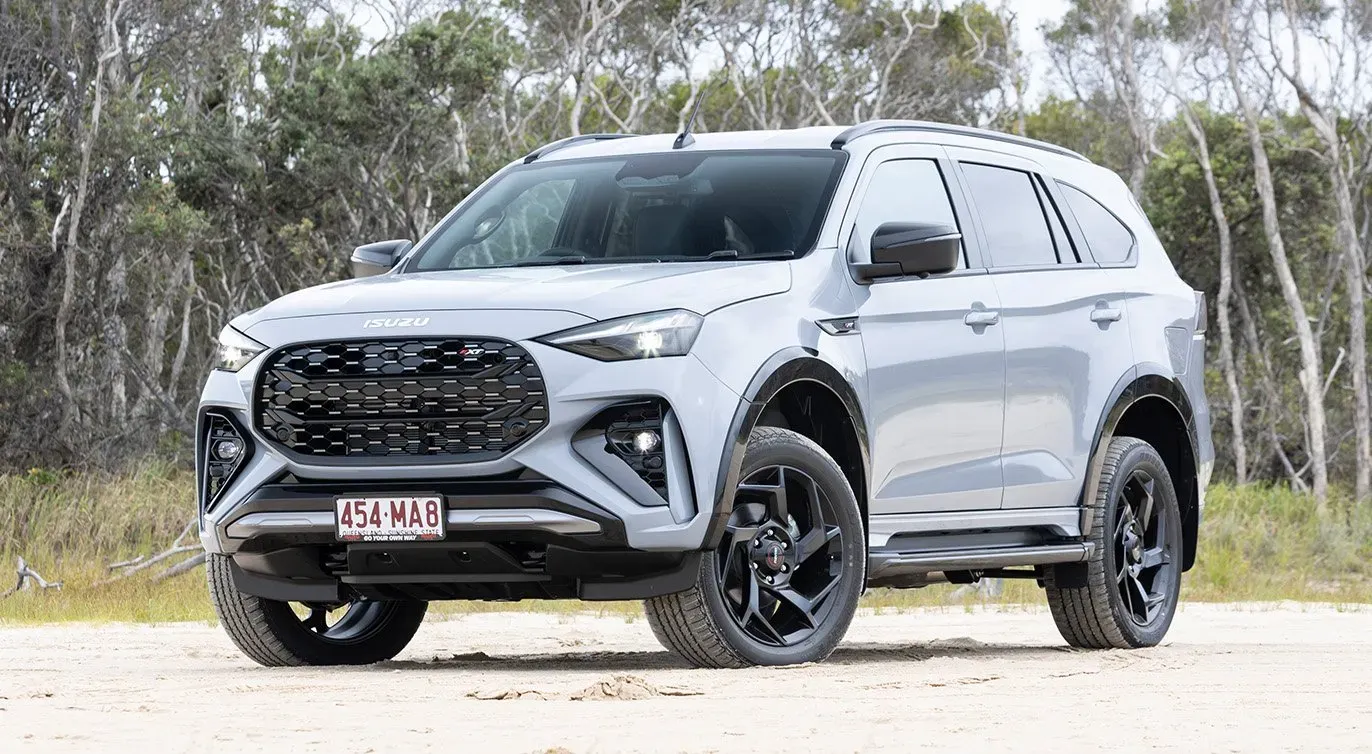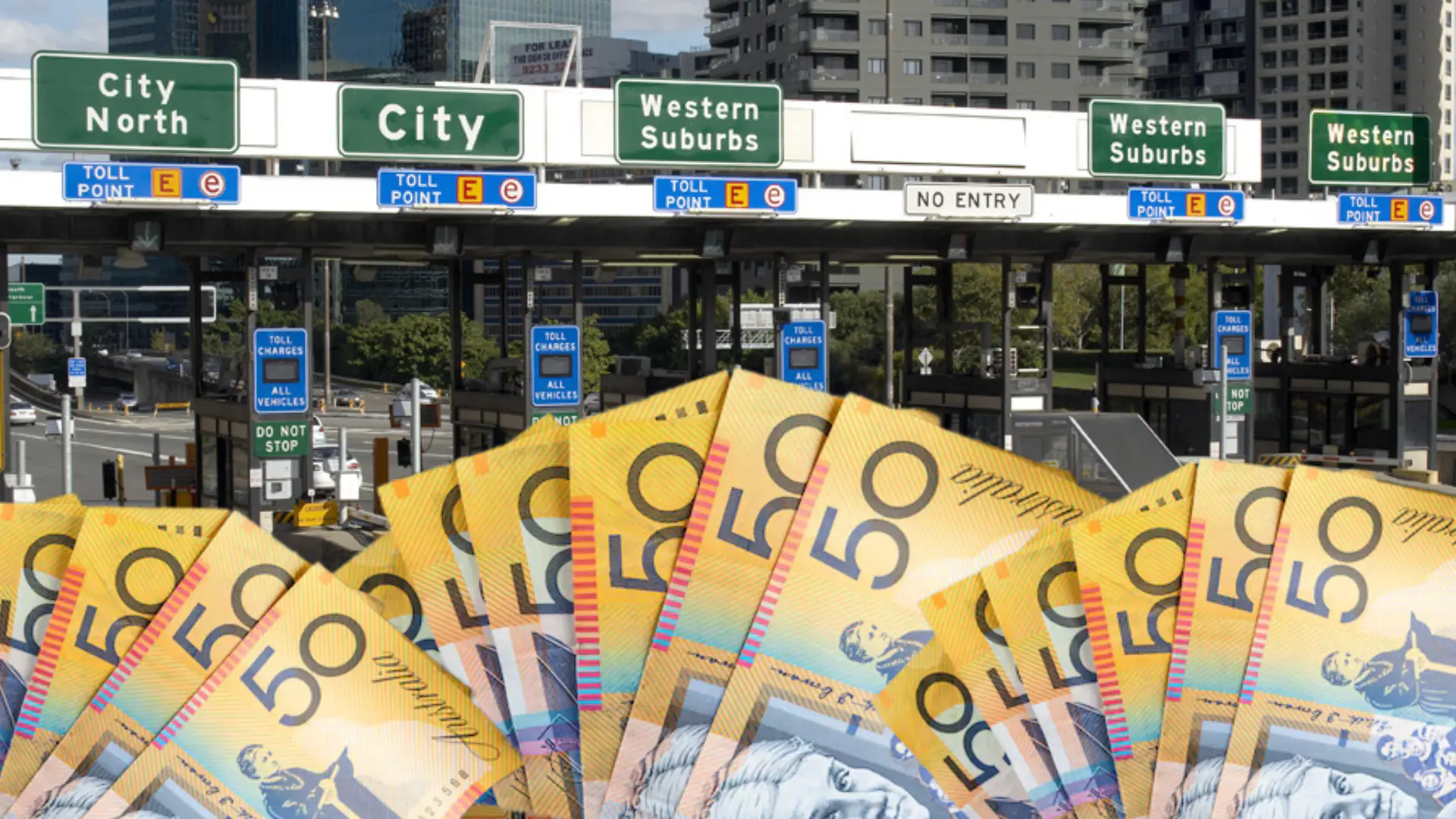Electric vehicle (EV) sales in Australia have hit a speed bump in 2024, with growth slowing significantly compared to previous years. Despite an increase in model choices and price reductions, the EV market is facing challenges that could lead to stagnant or even declining year-on-year sales for the first time since 2016.

EV sales have declined for four consecutive months, with September 2024 showing a 27.2% decrease compared to the previous year. Over the first nine months of 2024, EV sales (excluding heavy commercial vehicles) are up 6.4% to 69,962 vehicles compared to the same period in 2023.If the current trend continues, total EV sales for 2024 are projected to reach around 88,300 units, only a 1% increase from 2023's record of 87,217 vehicles.

Tesla, the market leader, has experienced a significant decline with deliveries down 48.8% in September 2024 and 19.1% year-to-date. The Tesla Model Y (16,697 sales) and Model 3 (14,053 sales) remain the top two best-selling EVs in Australia year-to-date.
BYD has shown strong performance, with its Seal sedan (5,308 sales) and Atto 3 small SUV (4,926 sales) taking third and fourth places respectively.

The BMW iX1 is the best-selling European EV with 1,948 sales, while the BMW i4 has seen remarkable growth of 842% compared to the previous year.
Hybrid vehicle sales are booming, potentially due to concerns about EV driving range and charging infrastructure.
The Australian EV market is facing a challenging period, with sales growth slowing significantly in 2024. Despite an increase in model availability and price reductions, factors such as range anxiety and charging infrastructure concerns appear to be impacting consumer confidence. The coming months will be crucial in determining whether the EV market can maintain its growth trajectory or if it will experience its first year-on-year decline since 2016.




